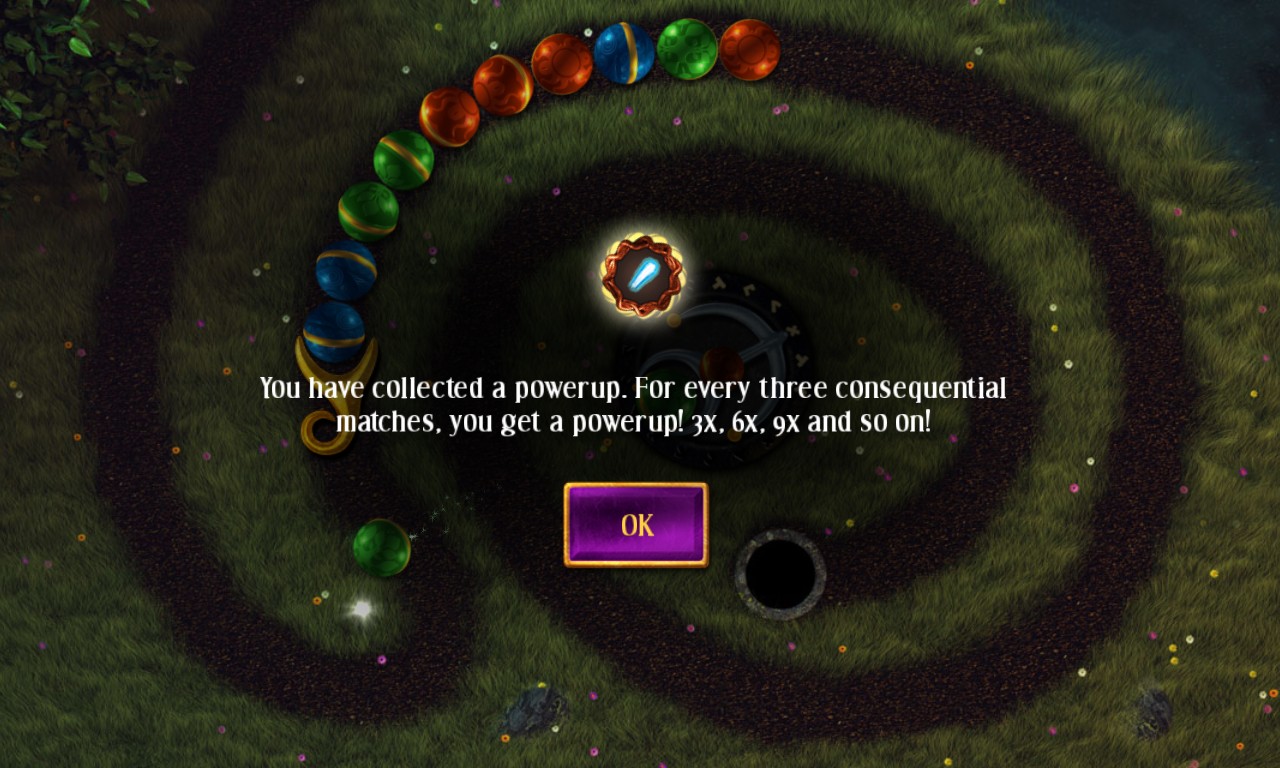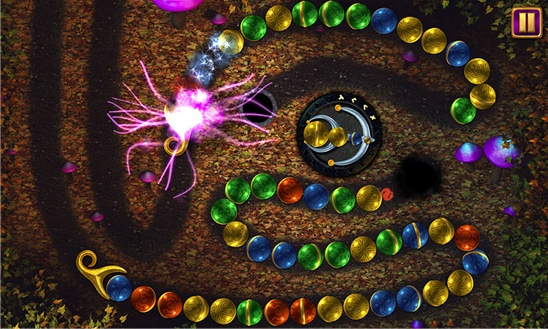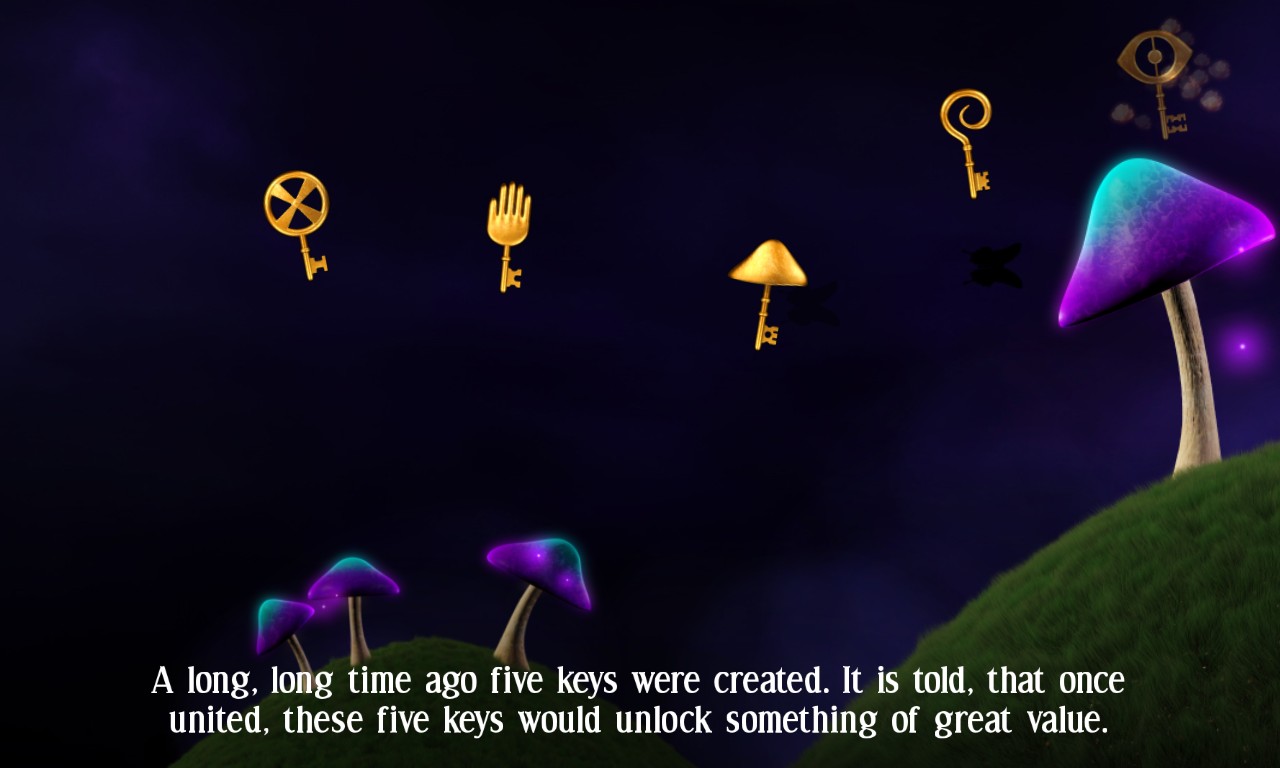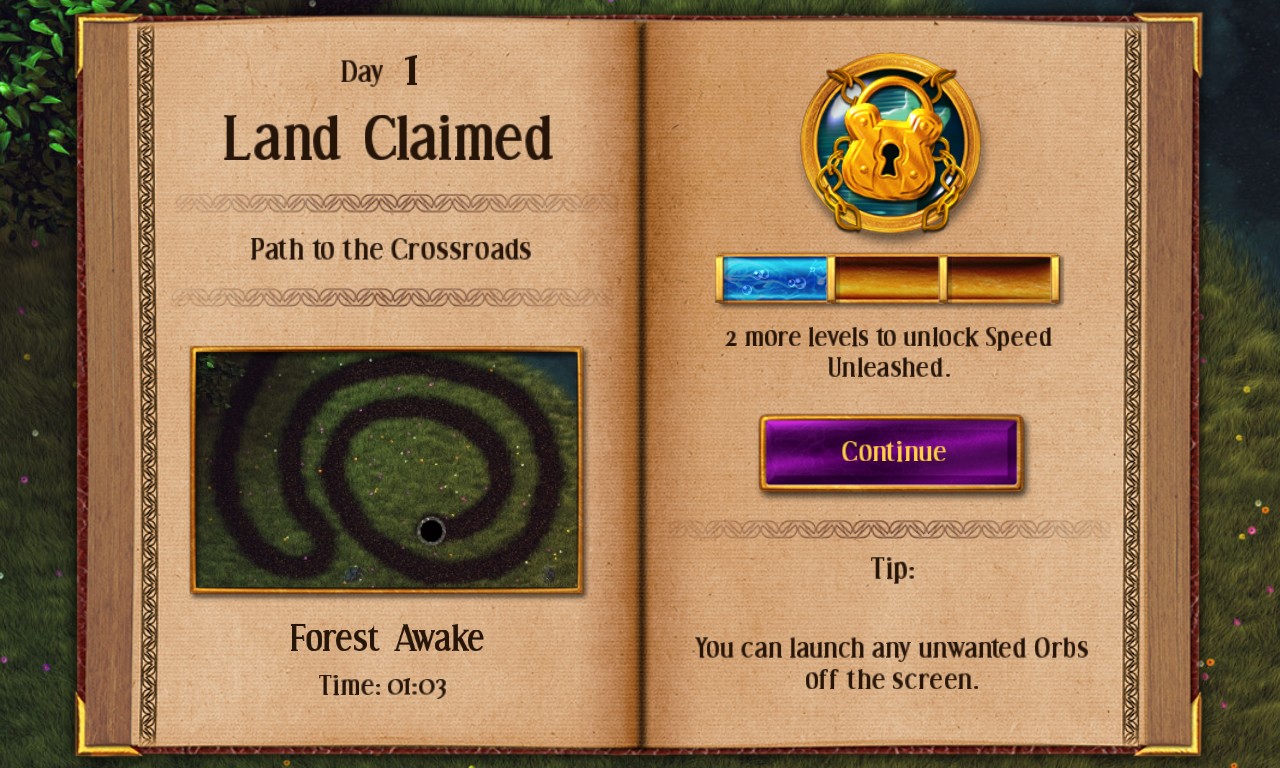Review: Sparkle 2
Score:
84%
Sparkle 2, from 10tons, naturally enough, is the sequel to Sparkle. Playing very much like the Zuma games, is this the colour orb matching game that will be crowned king of the genre? I'm not so sure, but it is a satisfying slice of arcade fun.
Version Reviewed: 1.0.1.1
Buy Link | Download / Information Link
If you've spent any time with the Zuma franchise of games, 10tons' Sparkle will be familiar enough. You'll be throwing coloured orbs out from the centre of the screen from your 'slinger', hoping to match three or more coloured balls on the snake heading to the end of the level. Make the three, and they'll disappear. With a bit of luck (and some pre-planning with previous orbs), you'll kick off a chain reaction.

And what do chain reactions make? Apart from lots of points, you'll get some power-ups drifting across the board for you to shoot at - which allow you to change colours of the orbs in the snake, shoot them down, and generally wipe out a lot of them in a single move, which is really useful.
Controls are as simple as tapping where you want to target the orb you are about to throw. The speed of the orb means you do have to lead the snake of moving orbs a touch, but not so much that it's silly. Neither is there any lag, even on the lower CPU devices like the Lumia 620.
Sparkle 2 is a decent sized app, at 59MB (so you'll need to download over Wi-Fi) and I continue to be amazed at the sheer size of every Zuma like game - all the notable entries are of a significant size (and Zuma's Revenge itself clocks in at almost 200MB). Part of that is down to the presentation of the game and the maps to show the quest's progress between levels, but it still seems excessive.

It does mean that the graphics on show are of a high quality, although given the nature of the game (each level works on a single screen) the graphics do seem a touch larger than they need to be, leading to a slight feeling of cramped game play on later skill levels.
This is even more noticeable on larger screened devices such as the Lumia 925 and Lumia 1020.
Sounds are crisp, with a solid flourish of background music as you end a level and work through interstitial scenes. In game, you've got the throwing, impact, and special effect noises. These do feel a touch weedy, as if the orbs are shells, rather than solid objects, but they get the audio side done and it could have been far worse.
And as happens with every 10tons title, you are asked when you open the app if you want to enable the music, which is a nice touch if you're being subtle about your mobile game playing.
Sparkle 2 is held together by a classically cheesy medieval plot, with five missing keys spread over five lands. By playing the game you'll be questing through the levels that make up each land, and while it's just a small addition, it does give Sparkle 2 some sense of ongoing plot, rather than playing just to complete 'one more level' than last time.

One question to address here is for players who already have Sparkle, should they upgrade? If they've finished the first title and want a new challenge of a similar skill to Sparkle, then this is the sequel to go for. Unfortunately there's nothing fundamentally new or different in Sparkle 2 compared to Sparkle, so if you never got into it the first time round, I wouldn't bother.
As for someone totally new, Sparkle 2 is the more expensive game, I would grab the trial versions, and then probably end up with the original (£2.29 compared to £3.99 for Sparkle 2) as there is very little difference.
What is nice is that Sparkle 2 runs on 512MB devices, unlike the 'official franchise' version of Zuma's Revenge with is for 1GB RAM devices only (and Zuma takes up far more space on your internal disk, and I'm not quite sure why).

Sparkle 2 is a sequel where nothing more than 'more levels' were needed to continue the older title. That the price is almost double means that casual gamers should head to the the first Sparkle first, purely on a value for money basis, but there's nothing wrong with Sparkle 2 that would stop me recommending it.
Reviewed by Ewan Spence at
